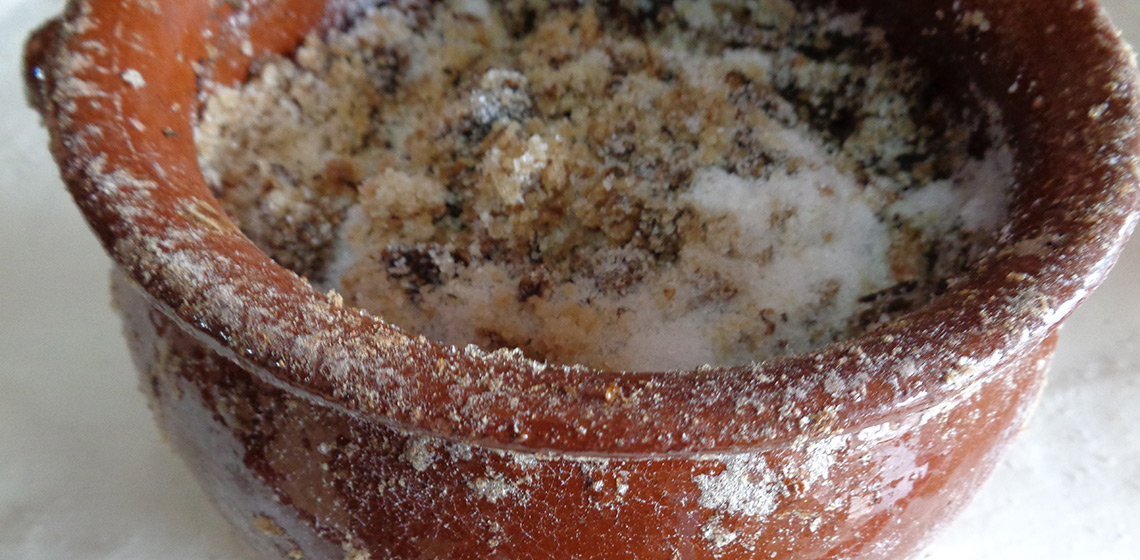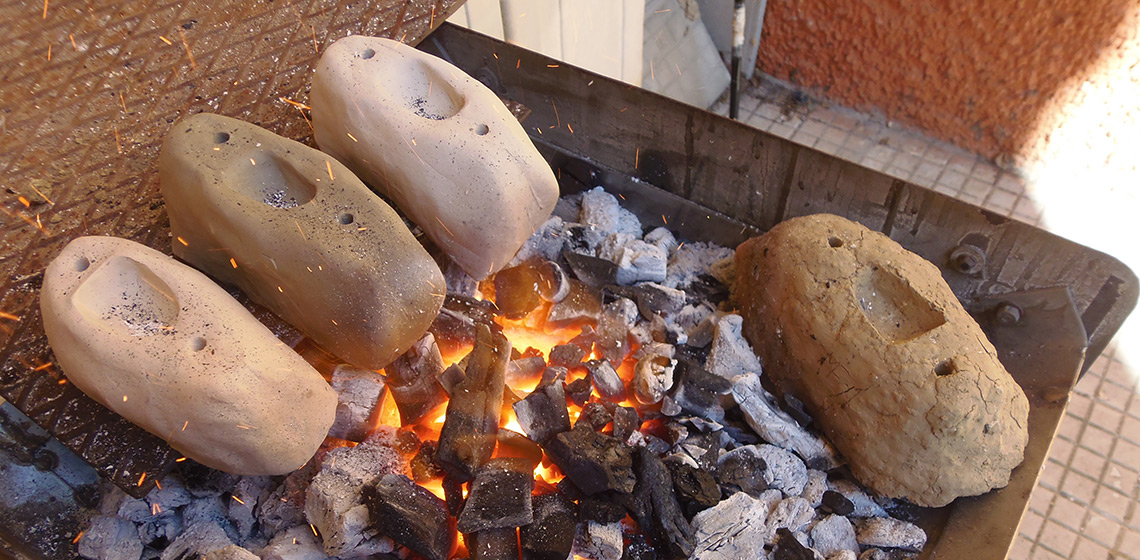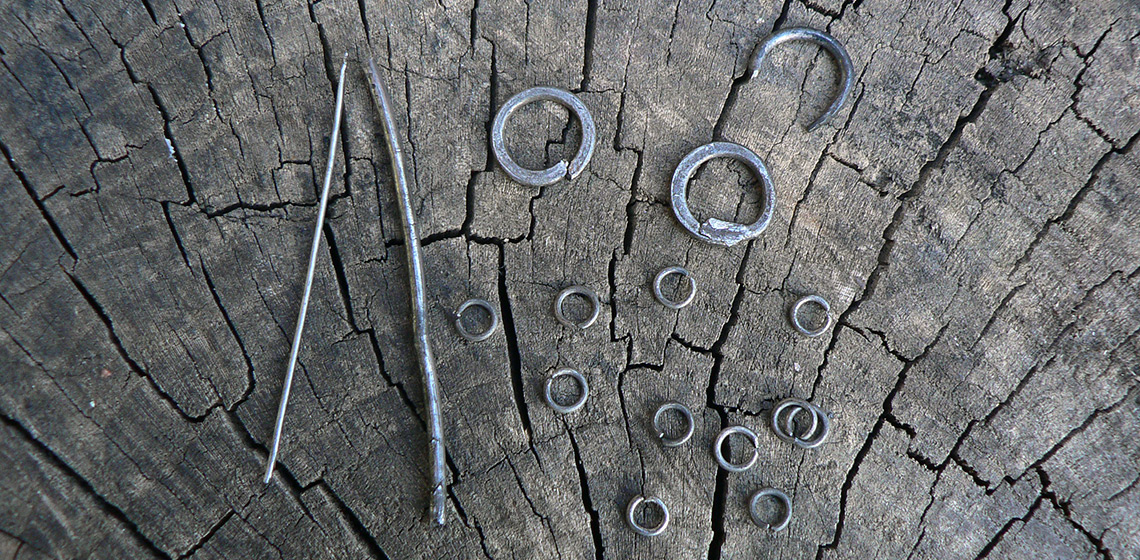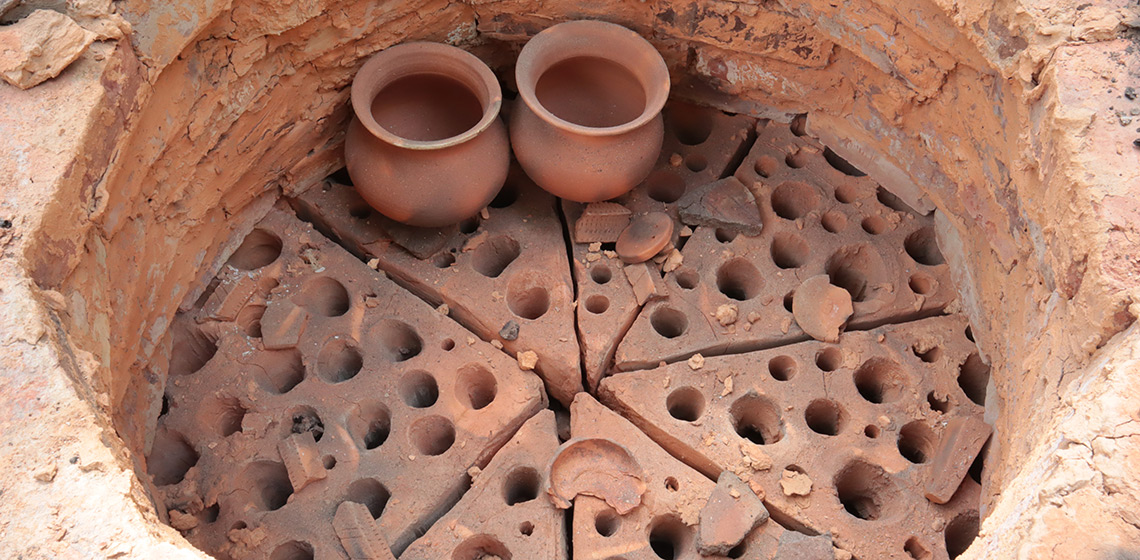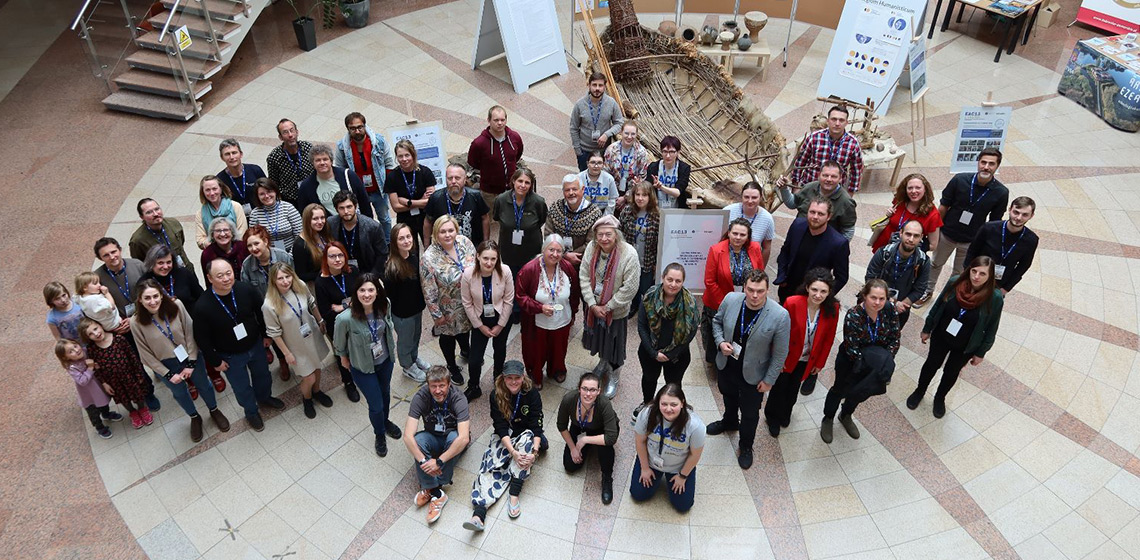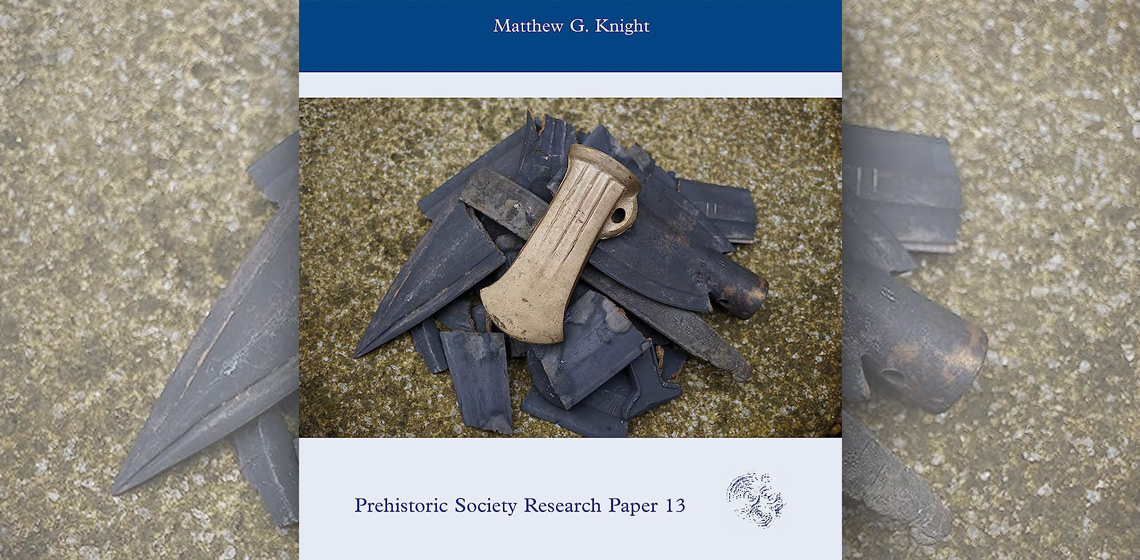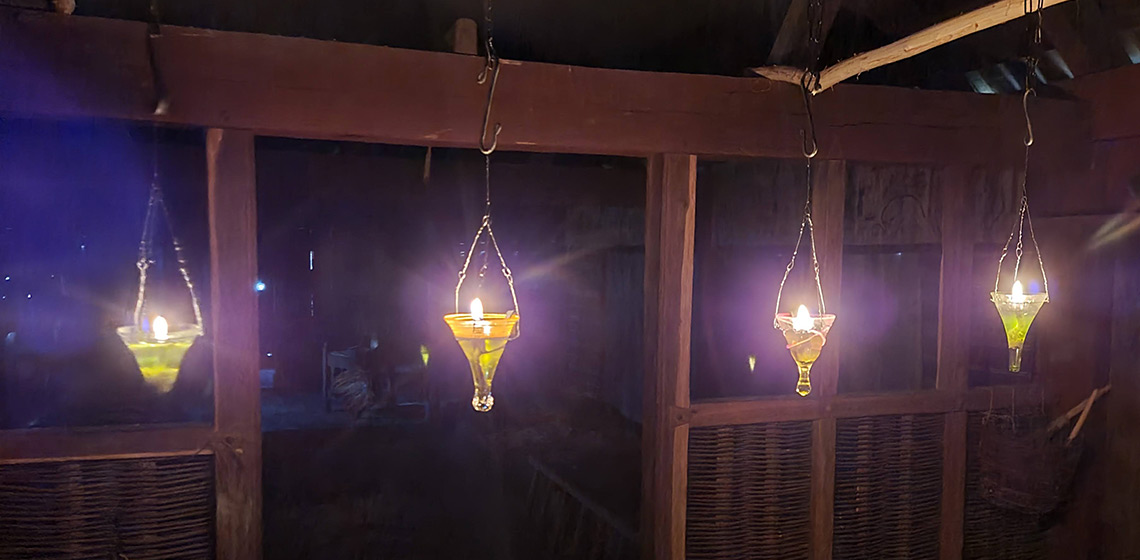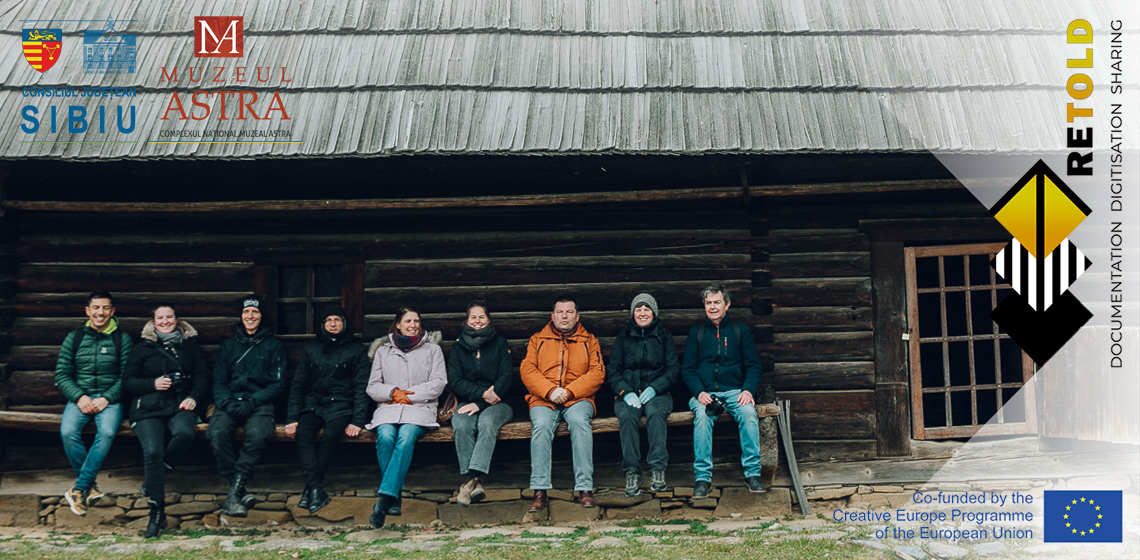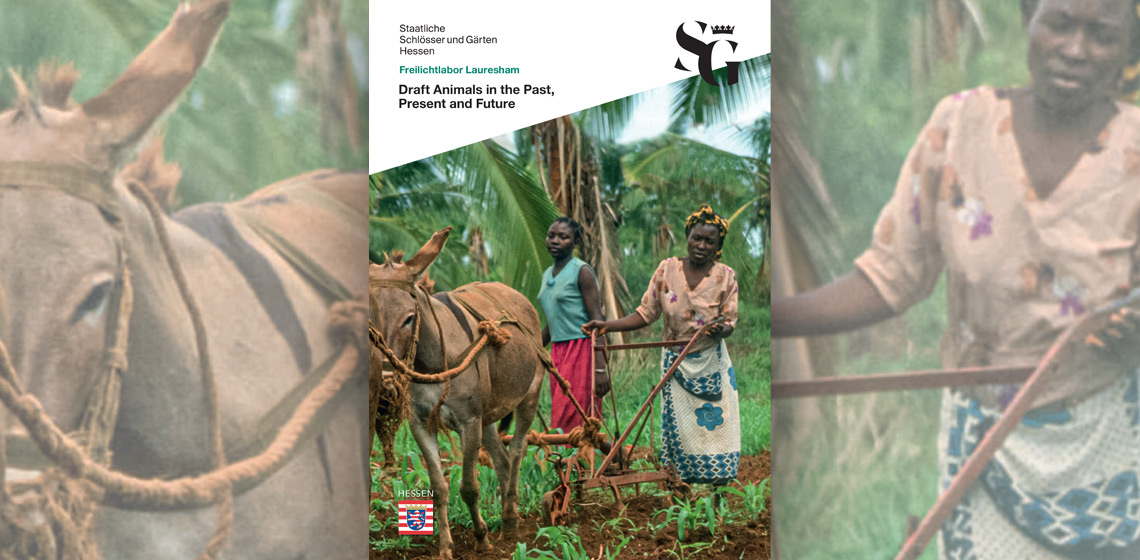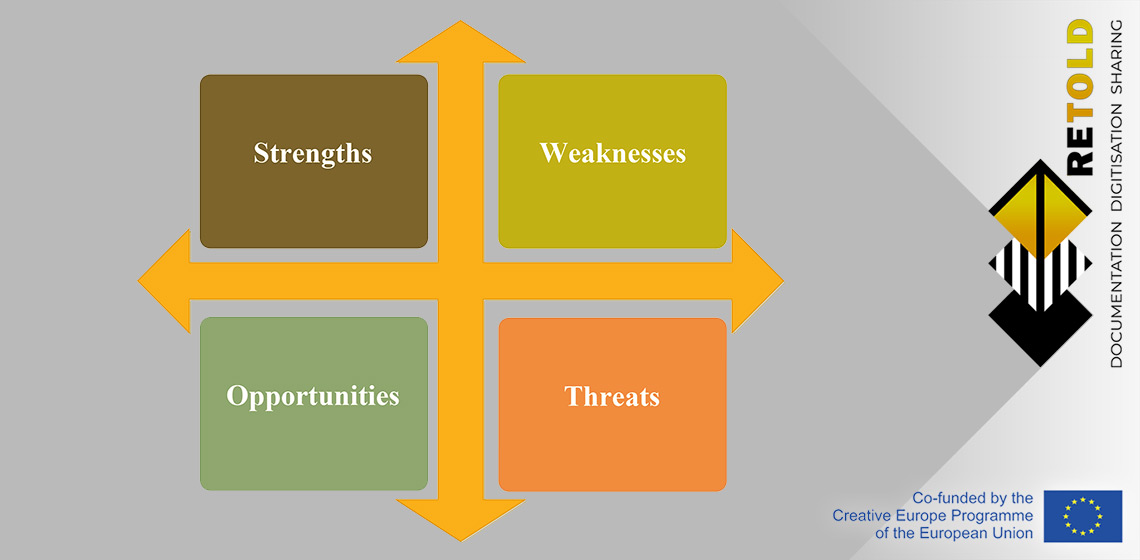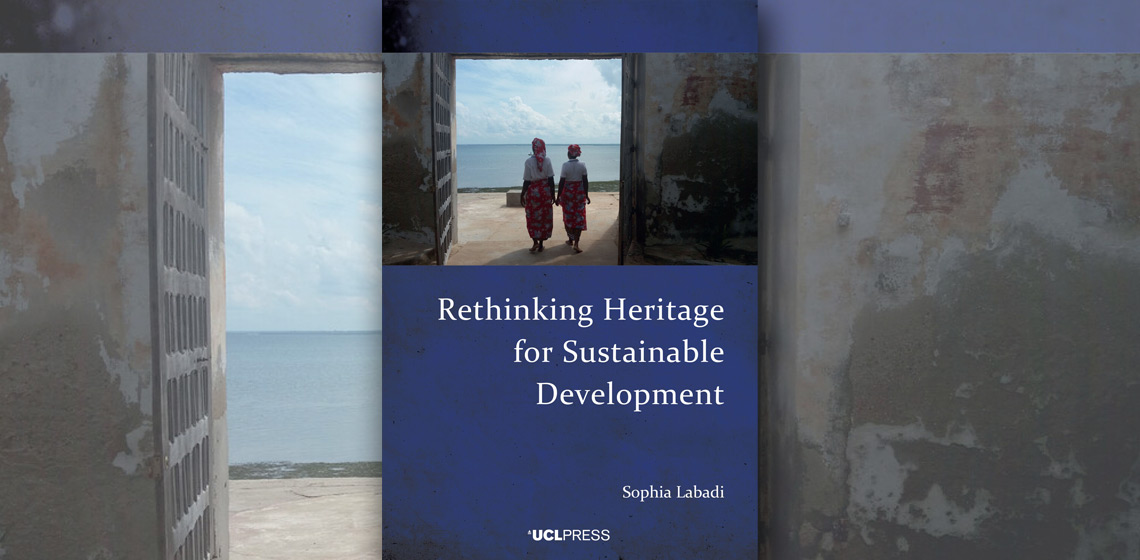EXARC Journal Issue 2023/3



12 Articles | DOAJ | Open Access
ISSN: 2212-8956
Publishing date: August 25, 2023
📄 EXARC Journal 2023/3 Table of Contents
Copyrights: EXARC, 2023
Listen in to the episode of "EXARC Extracts", where we provide you with a short summary of the articles in the latest issue of the EXARC Journal. Matilda Siebrecht summarises the reviewed articles from the 2023/3 issue of the EXARC Journal. It includes four reviewed articles as well as eight unreviewed mixed matter articles.
Reviewed Articles
Garum Sardiniae in Tabula: Rediscovering the Ancient Taste of Roman Cuisine
Publication Date
The historiography concerning the Garum, as well as the archaeological evidence of the same, are very wide and cover the entire topic both from the historical and archaeological points of view. Can a team of archaeologists faithfully recreate Garum today, starting only with the historical knowledge available to us, and at the same time ...
Casting a Copper Age Axe Using a Replica of the Marl Mould Found in Baffoni Cave (AN)
Publication Date
These three artefacts suggested that some kind of metal working had most probably been carried out in the cave: Radmilli first described the mould as “a clay mould for casting… containing a piece of copper” (Radmilli, 1956, pp.
Drawing Wire
Publication Date
Very few experiments have been conducted on drawing wires of iron made from bog ore. One of them, however, was carried out at the forge at Lejre Land of Legends in Denmark. The iron used for the experiments was obtained from three different sites in Denmark where well-documented experiments in the extraction of bog iron ore took place...
Experimenting with the Ancient Greek Pottery Production Process from Clay Selection to Firing in a (Re)constructed Updraft Kiln
Publication Date
This article presents an experimental archaeology project that aimed to reproduce the Hellenistic Greek pottery production process. The project's main research questions were focused on understanding how locally available raw materials and climatic conditions influenced the production process and how the process created social networks with the local community...


